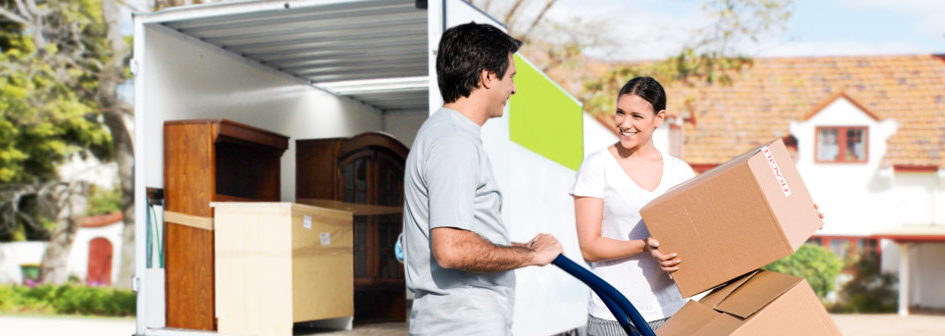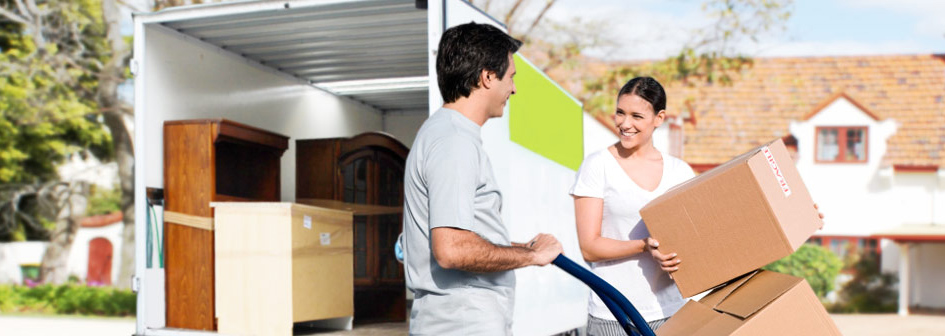Shifting homes is a long and arduous task, and two of the most tiring aspects of it are packing all your belongings and then having them transported to the new address. If you’ve made arrangements for the packing stage, or are already done with it, it helps to know the right way of loading everything into the moving truck/ van.
It may come as a surprise to most homeowners, but even the way you load the moving truck can make a lot of different to the amount of time the process takes, how much space is used up, and how safely your belongings are stored in the moving vehicle.
First of all, make sure that your items are packed properly, and safely enough, to be loaded into a truck. How you prepare the luggage will affect your effectiveness in loading and storing it. Cartons should be moving-grade quality and sturdy so that they can bear the weight of the items within and also the general wear and tear of transportation. Make sure that items are packed using appropriate packaging materials like newspaper, bubble wrap or Styrofoam. In cases of irregularly shaped objects, make sure that boxes are packed with ‘filling materials’ such as foam beads or old, crushed newspapers.
Once everything is properly packed and labelled, the loading part begins. Make sure that the path from the door to the loading bay is not cluttered and is easy to navigate through. Wear suitable clothes for the process; garments that are comfortable enough to allow bending and movement, yet well fitted so that they don’t snag or catch on things around the house. Pay special attention to your footwear. It needs to be comfortable and should allow a firm grim.
While lifting objects and loading them onto the truck make sure that you can see where you are going. Use slow and careful movements to ensure your safety, as well as that of the object.
Your posture makes a lot of difference to your health and safety, as well as effectively loading the truck. Lift by crouching down, with your knees bent and your back straight. Do not bend your back and try to pick up heavy boxes while still standing.
Ensure that there is help around you, and never try to pick up and load heavy or large items and boxes alone. Two people should at all times remain on the loading bay of the truck.
While moving heavy objects, use a dolly or a wheeled trolley to carry the objects. This will significantly reduce the amount of work and prevent any injuries to the person moving them. A ramp that leads to the elevated loading bay of the truck can be a lifesaver.
Before placing boxes and other items into the back of the truck, place a sheet or a mat on the floor of the truck. This keeps away dirt and also provides friction so that once they have been loaded the objects stay in place while the truck moves.
Begin with loading the truck from the front (of the truck) to the back, moving outwards. Load heavy objects like furniture first and line them along the truck’s walls to balance the weight. Moving outwards, build tiers of boxes on top of each other reaching as close to the roof as possible. Keep heavier cartons towards the bottom.
Maximize the amount of floor space in use. Place boxes under the spaces created by tables or in bookshelves.
Make sure that fragile items such as your TV or mirrors and furniture are loaded properly. For instance, furniture with legs should not be kept with items piled on top of it since the furniture can collapse under the weight. If possible, objects that may move or slide should be tied into place inside the truck.
Disassemble things that can be taken apart and then pack them to minimise space consumed in the truck. Also in the case of large sofas or loveseats that take up too much space horizontally, placing them on their ends straight up, in a standing position, helps reduce the amount of space they take up. Since moving trucks have very high ceilings this shouldn’t be a problem.
Things that are soft like cushions, bags with clothes, rolled up carpets, mats and rugs etc. prove especially effective in filling gaps in the piles you create with the cartons and objects. These also help in buffering other luggage by making sure that things do not slide around or bounce while the truck is moving.





